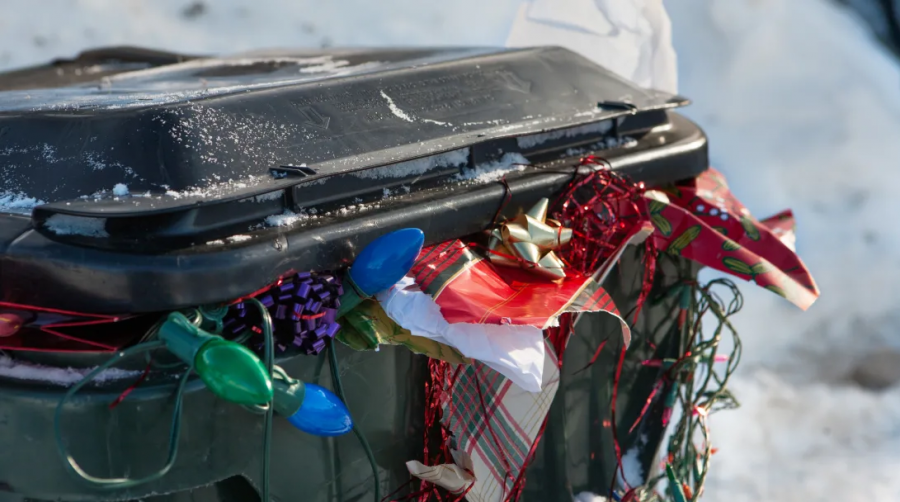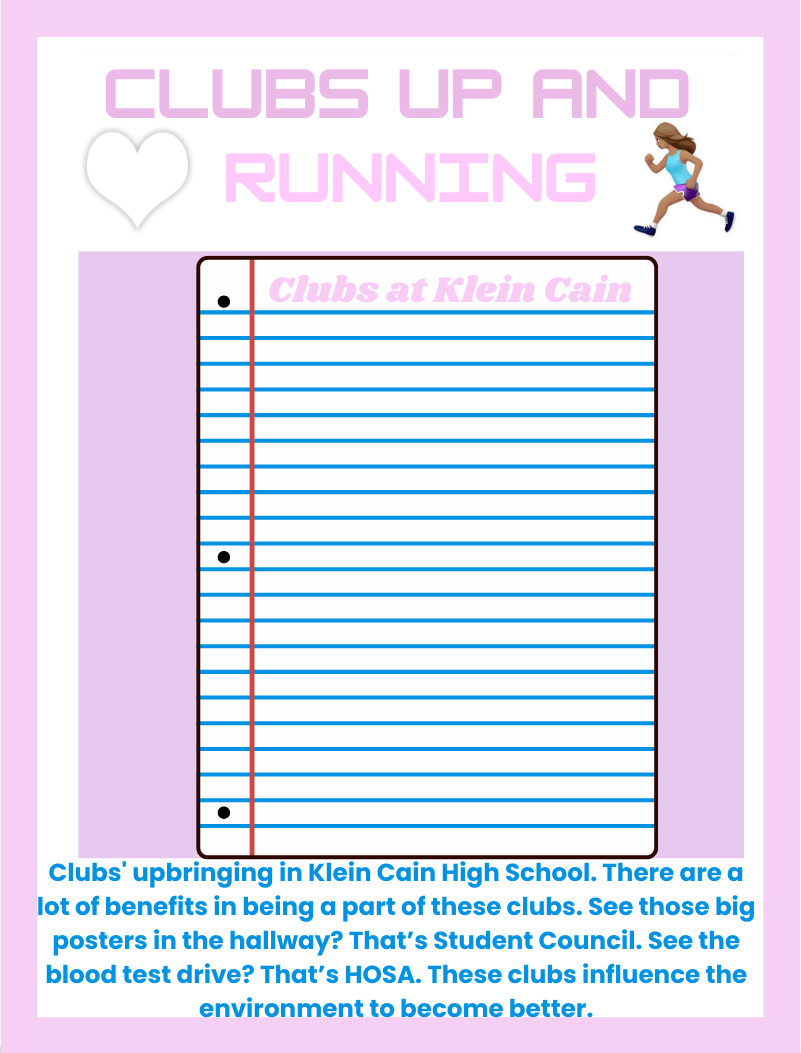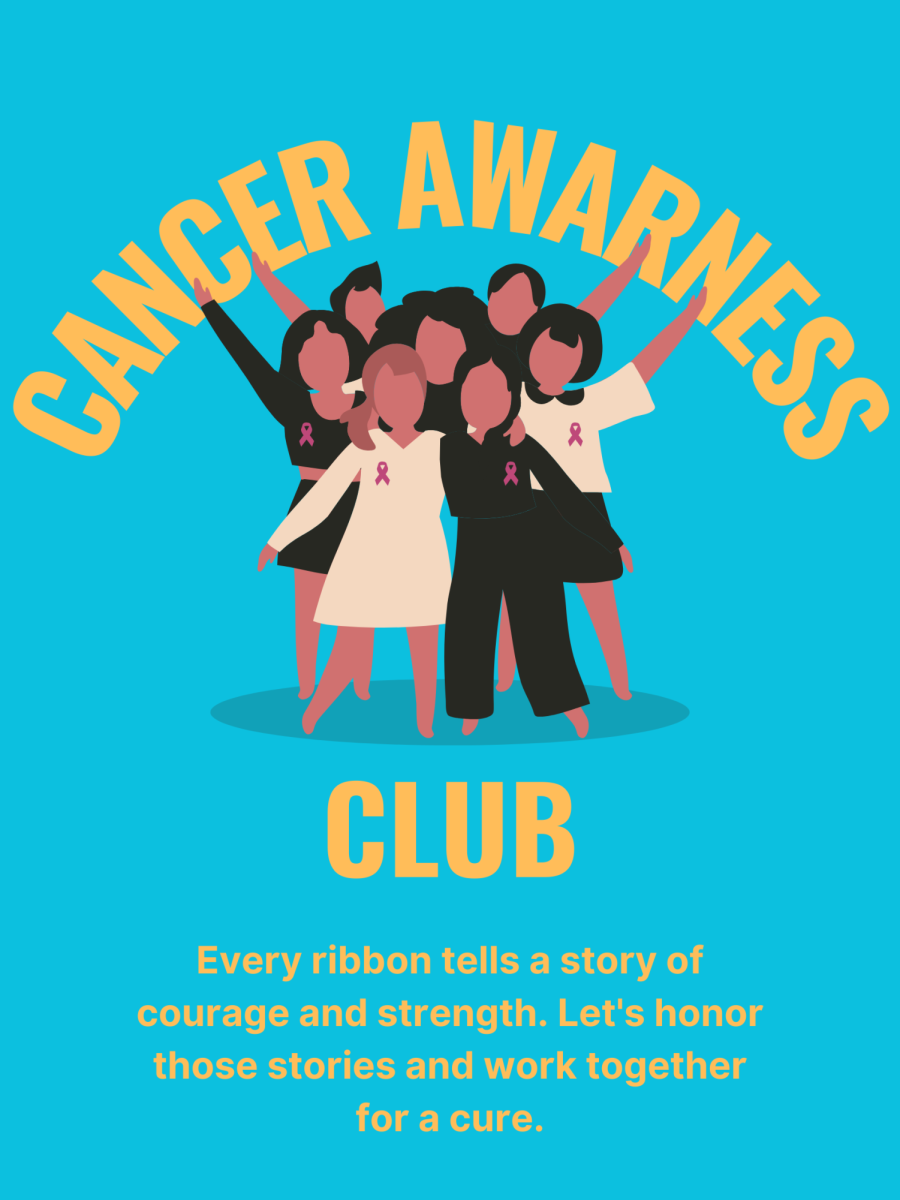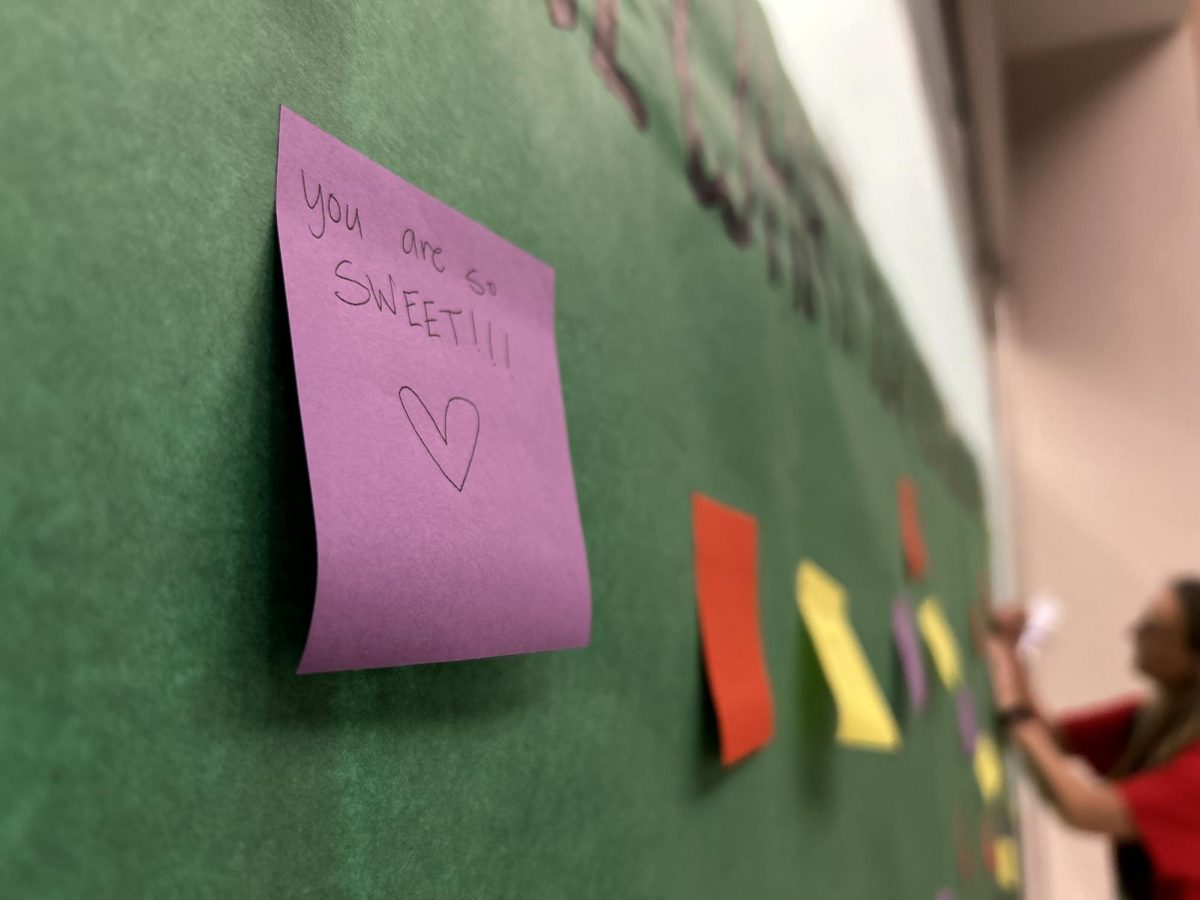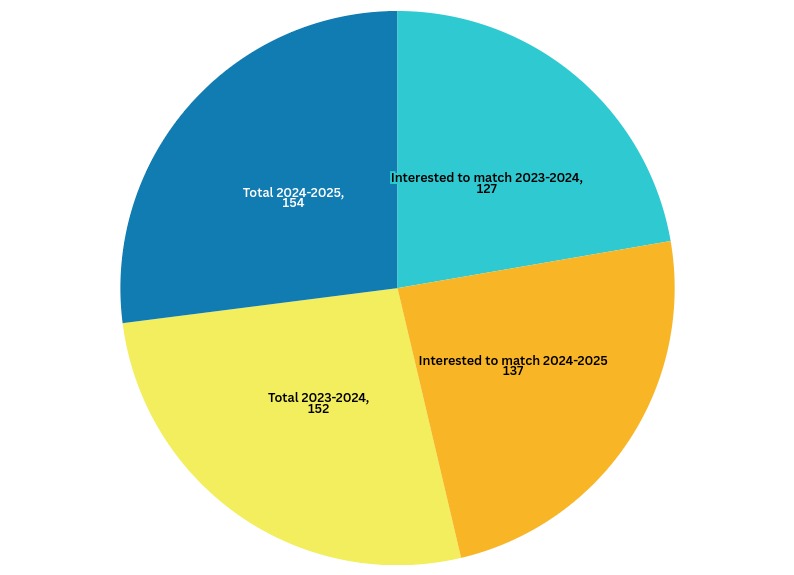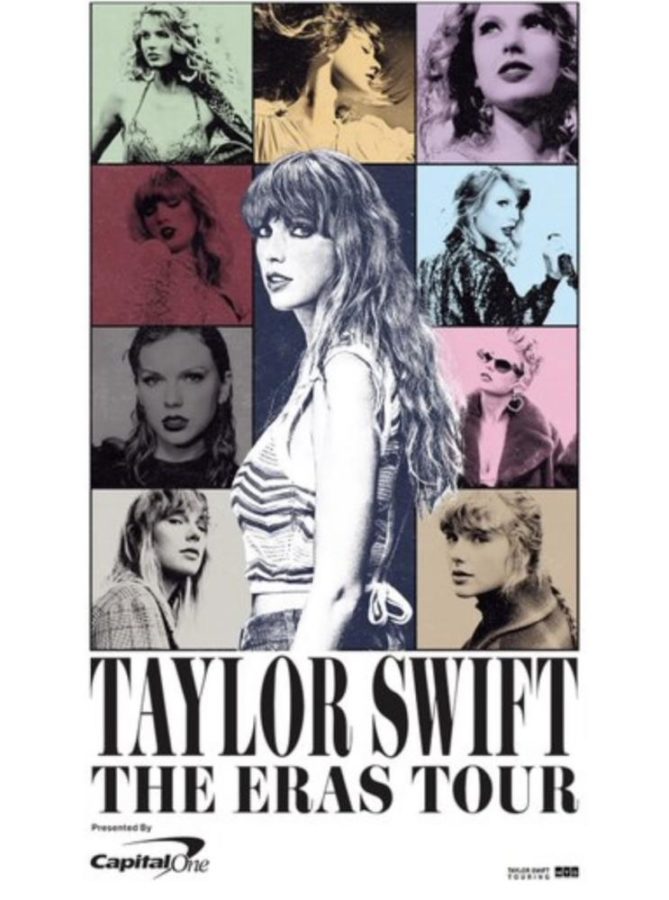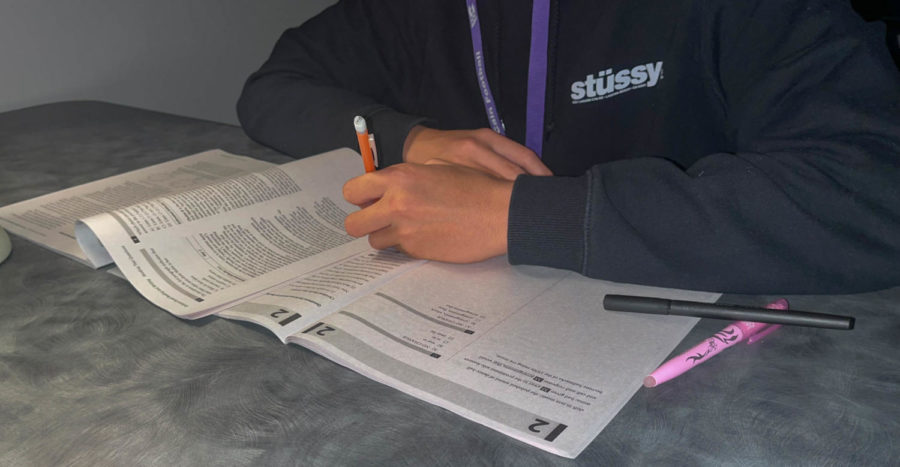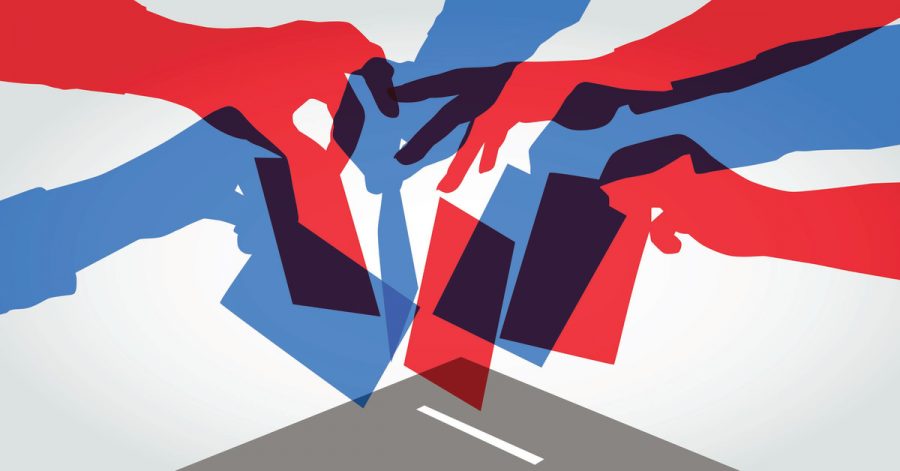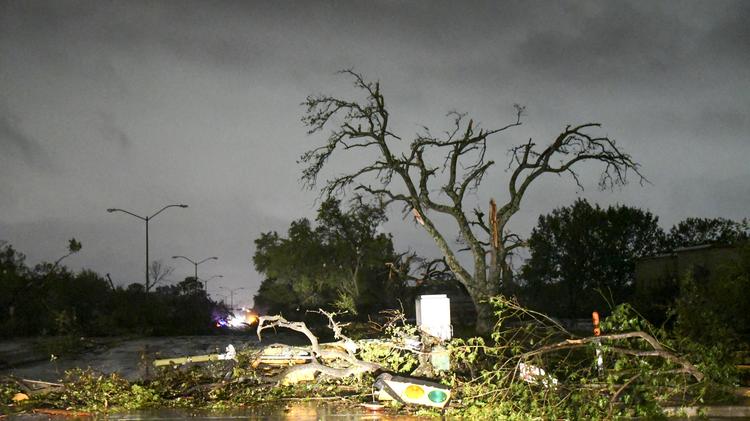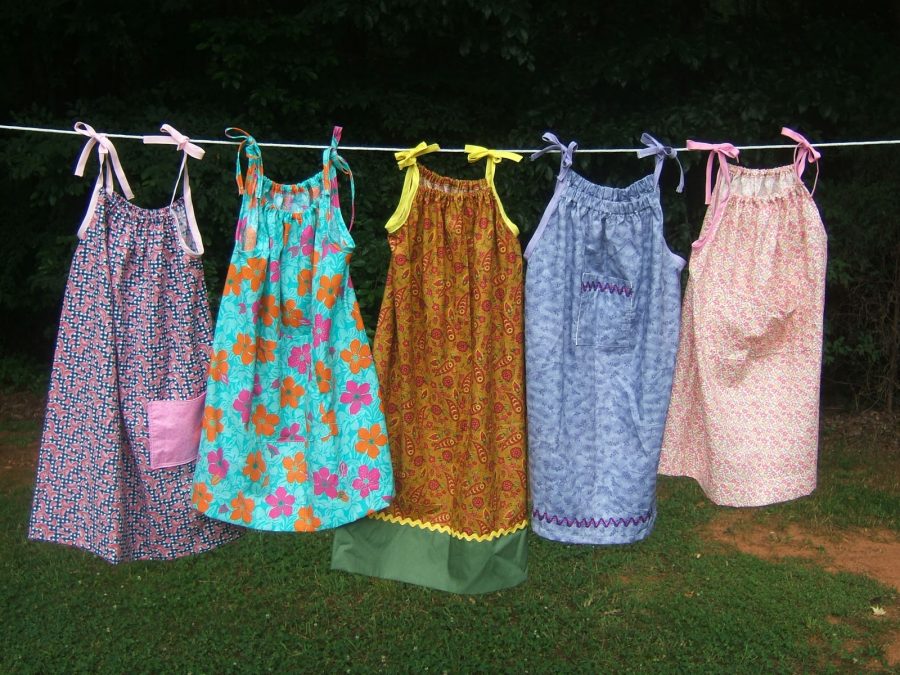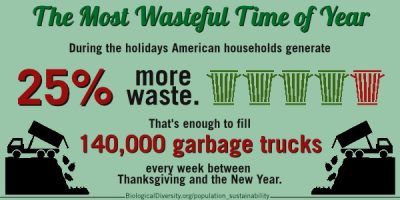
Each year the holiday season brings about an abundance of food, gifts, charity, and quality time with family. But there’s another, less cheerful thing that becomes abundant during the holiday season-trash. Americans already produce an abundance of waste, food delivery, all kinds of paper, and plastic galore-120 billion plastic cups, to be specific. A lot of this plastic comes from food delivery, with a typical takeout containing a paper or plastic bag, plastic utensils, plastic straws, takeout containers, paper napkins, and plastic condiment packets.
“Knowing that, I feel a little guilty that we accumulate so much trash,” said Aaron Cruz, a Junior at Klein Cain. “While it’s good that people are spending time together and celebrating, it’s clear that there’s an issue with how much we waste.”
“Only 9 percent of plastic waste
actually makes it to recycling.”
Here’s the issue: while helpful, recycling isn’t the cure-all for our pollution problem, not even remotely. Only 9 percent of plastic waste actually makes it to recycling. This is due to an issue with the packaging our items are made of, with multiple layers of plastic and another material that is impossible to pull apart. A majority of plastics are ending up in landfills across the country, which leads to a variety of problems. These landfills pollute vital sources of drinking water, which then goes on to impact the surrounding ecosystem. Tiny pieces of plastic end up being consumed by fish and animals in nearby ecosystems.
Deck the Halls
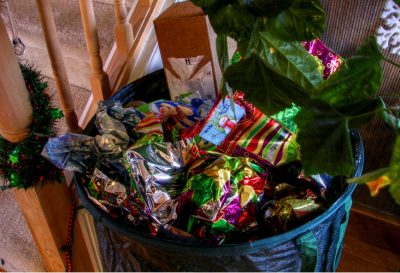
The holiday season is when a bad situation becomes significantly worse, with garbage production undergoing a dramatic increase. From Thanksgiving to New Year, Americans throw away 25% more trash when compared to all other periods during the year. This comes out to about 1 million extra tons of trash per week during the holiday season, that’s about 25 million tons of garbage.
“While I understand why we produce more trash during this time, I don’t think that excuses it,” said A’Sean Brooks, a Junior at Klein Cain. “We have a responsibility to take measures to reduce our trash production, needlessly wasteful behavior isn’t excusable.”
While the gifts given during the holiday season are part of the issue, it’s often the packaging that proves to be the real offender. Ribbon, wrapping paper, boxes, and 2.65 billion Christmas cards (from the U.S. alone) amount to an abundance of holiday trash. 38,000 miles of ribbon are thrown away each year, that’s enough to stretch across the planet and tie a bow. The beautiful and shiny wrapping paper is seldom recyclable, this is because it contains dyes and additives that are difficult to remove.
“…it’s important that we stay mindful of how much we waste…” -Aaron Cruz
“By reusing a small portion of the wrapping paper used throughout the year, we could really reduce the amount of trash produced,” said Cruz. “I think it’s important for us to enjoy time with our family and give to others, but it’s important that we stay mindful of how much we waste at the same time.”
Then there’s the matter of decorations, that while very lovely, can cause pollution when misused. Electric window candles burn through electricity, spray-on snow contributes to air pollution, inflatable lawn ornaments require a constant flow of electricity to their fans, and cheap store-bought ornaments are environmentally costly. However, steps can be taken to lessen this, such as leaving lawn ornaments off during a portion of the day.
Overcoming
It can be difficult to understand how exactly to curb this issue, especially when recycling is proving to not be enough. In the end, its a matter of personal responsibility in regards to our carbon footprint. There are easy ways to reduce the amount of trash produced during the holiday season, without sacrificing that holiday cheer.
“If every family reused just two feet of holiday ribbon, the 38,000 miles of ribbon saved could tie a bow around the entire planet,” a source from Stanford University said.
Even the gifts we give can be improved, investing in a single yet very thoughtful gift can mean significantly more than ten unwanted items. Or, there is the option of gifting an experience, paying for lessons, a trip, or a sporting event can be excellent gift ideas. The holiday season can be filled to the brim with waste, but it doesn’t have to be that way. Even the little things add up when it comes to protecting our environment.
“If every American family wrapped just 3 presents in re-used materials, it would save enough paper to cover 45,000 football fields,” Stanford University stated. “The 2.65 billion Christmas cards sold each year in the U.S. could fill a football field 10 stories high. If we each sent one card less, we’d save 50,000 cubic yards of paper.”


